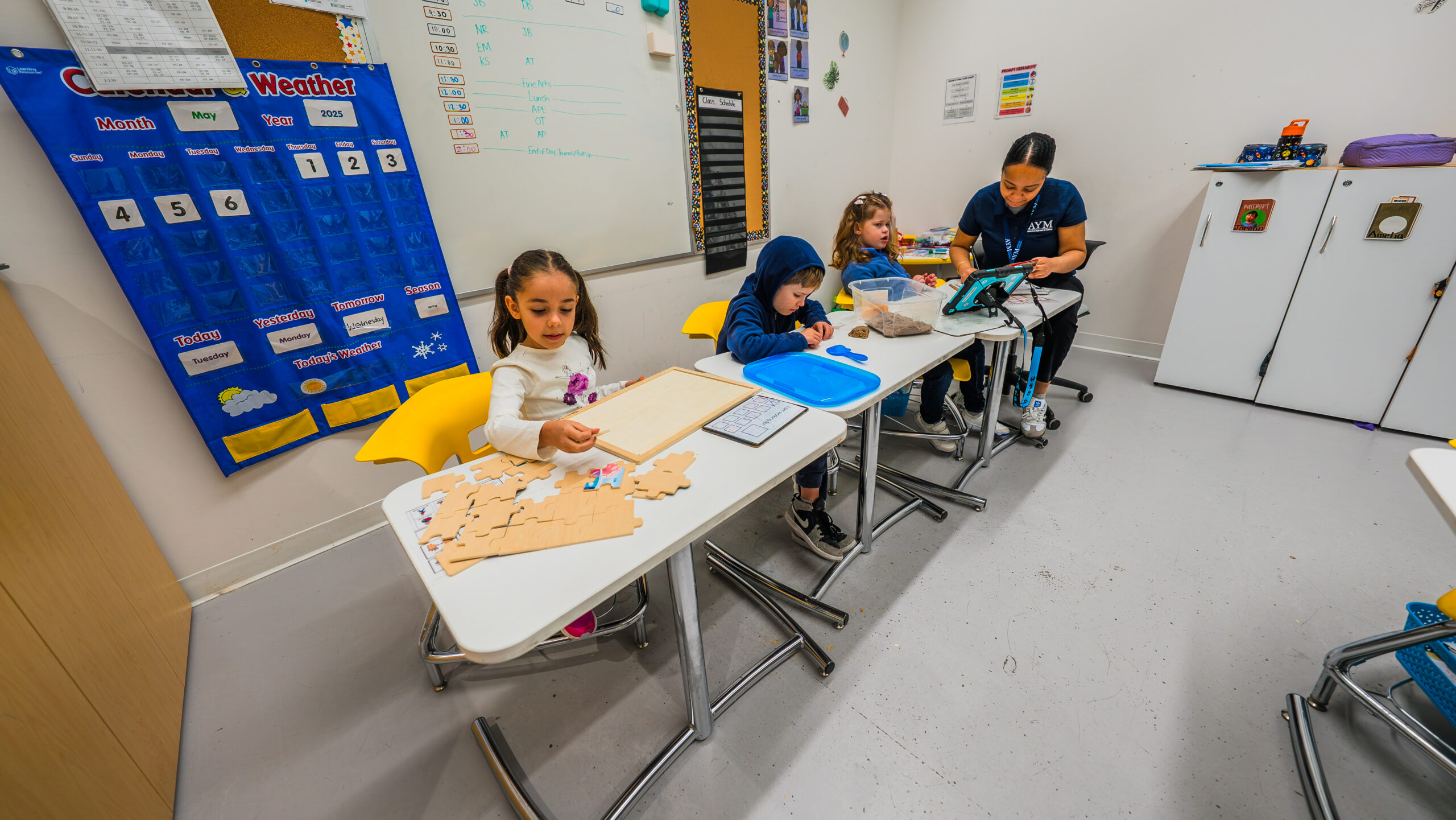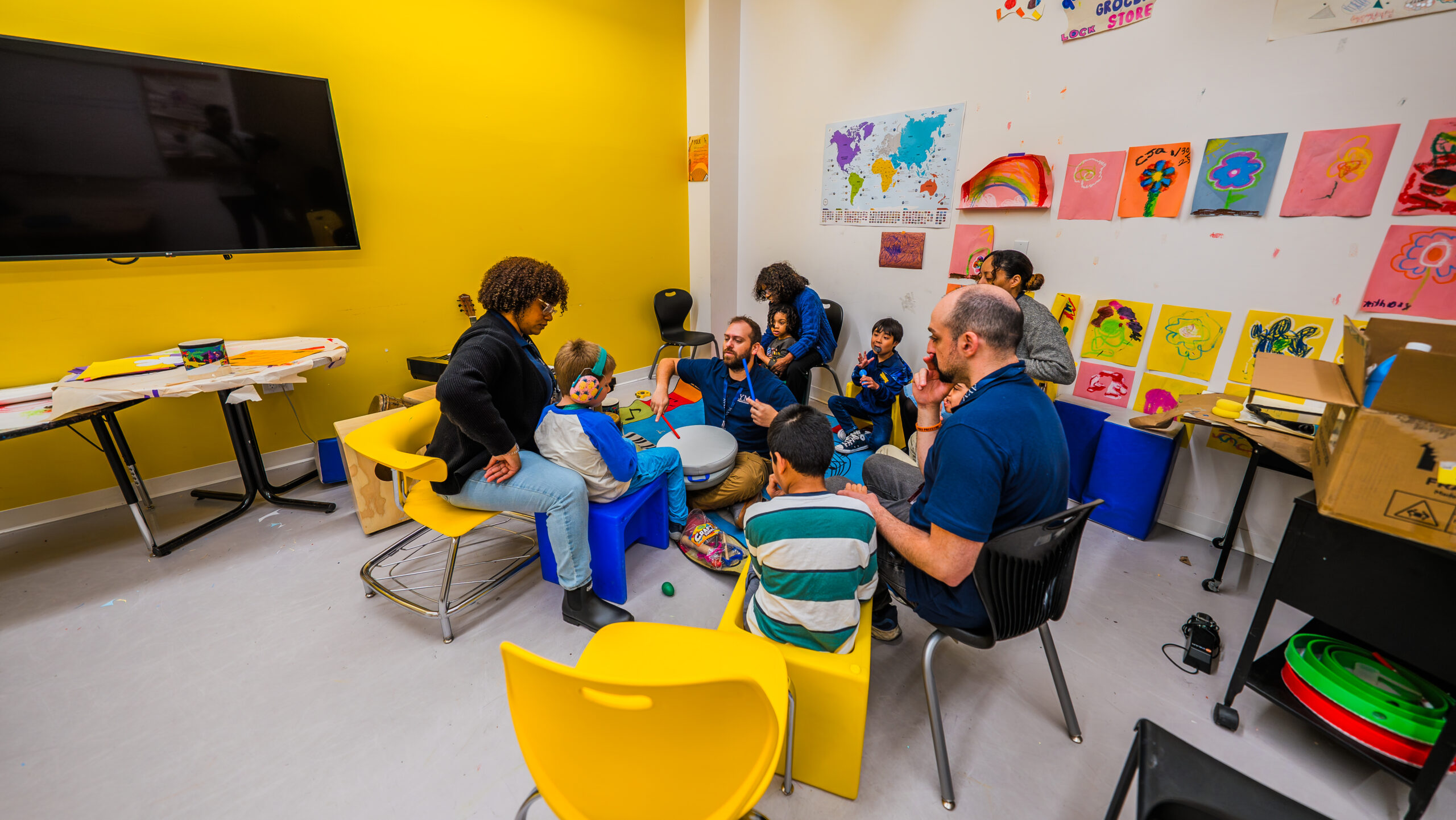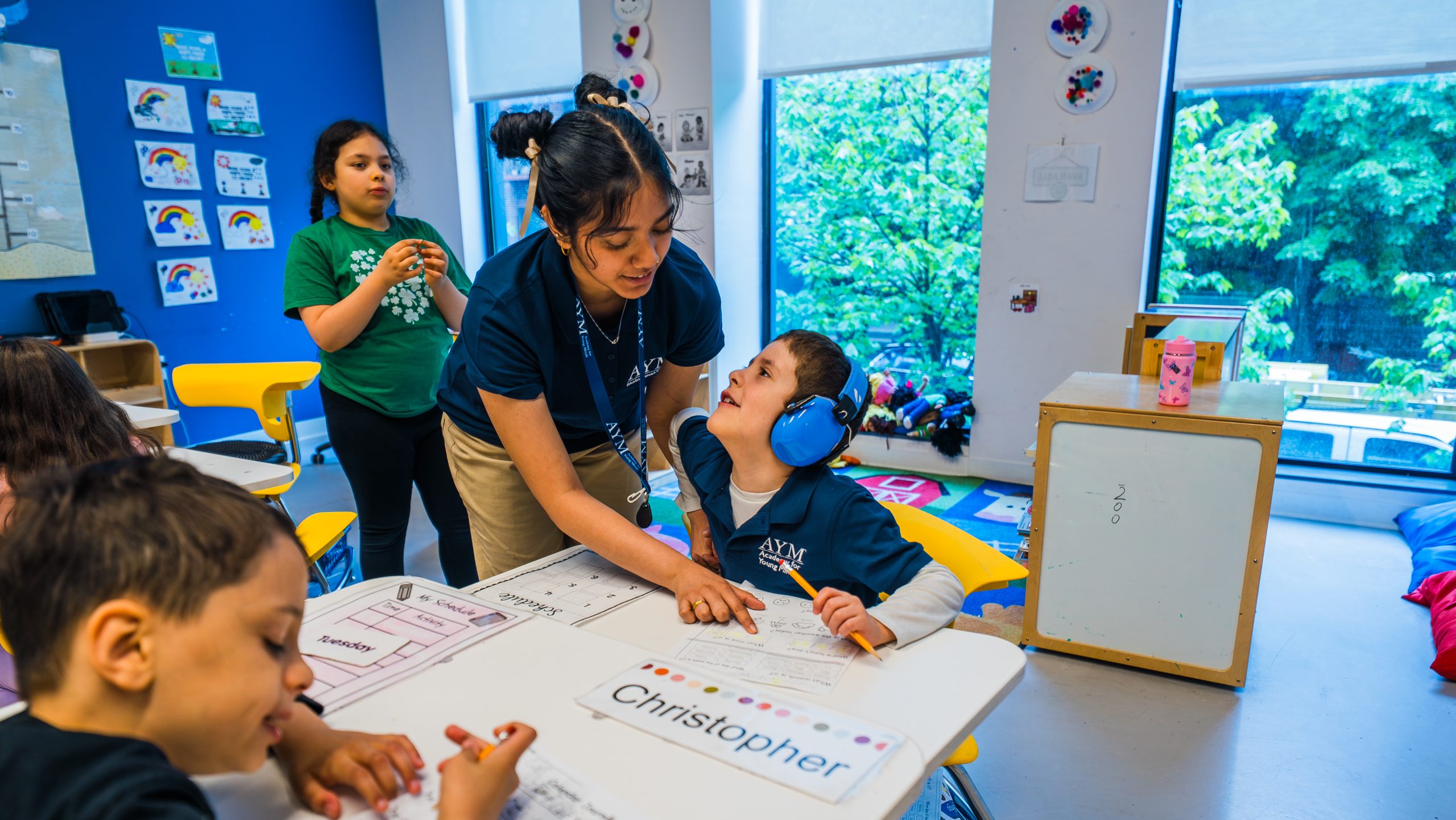Myths and Misconceptions about Autism: Part 1
If you’ve spent any length of time in the autism community, you’ve heard the phrase, “If you’ve met one person with autism, you’ve met one person with autism.” Yet, all too often, parents hear, “Are you sure it’s autism?” or “Have you tried…?” or “I know someone with autism who…”
Navigating the world of autism spectrum disorder (ASD) is already a complex journey for parents and caregivers. However, the myths and misconceptions surrounding it can create additional layers of misunderstanding and understanding that affect the support individuals with autism receive.
Because dispelling these myths is critical for the acceptance and inclusion of autistic individuals, we will be delving into this in a three-part series, with each blog discussing three separate myths. By examining these misconceptions, our hope is to illuminate the diversity of the autism spectrum and to support families and autistic individuals in their unique journeys.
- Autism Affects Everyone in the Same Way
The myth that autism uniformly affects everyone in the same ways fails to recognize that ASD is in fact a spectrum. Individuals on the autism spectrum experience a wide range of symptoms and abilities.
This variability means that while some may need extensive support for daily activities, others might require minimal assistance, thriving independently with unique skills and interests. Some may have an extensive vocabulary while others may be non-speaking, with excellent receptive language, while some may have significant challenges with both expressive and receptive language. Some of those on the autism spectrum have intellectual disabilities, whereas others have very high IQs.
Understanding this spectrum is imperative for providing appropriate support and fostering environments where individuals with ASD can excel in their own ways.
- Individuals with Autism Prefer to be Alone
Navigating social situations can be more challenging for those on the autism spectrum, but this does not mean there is a desire for isolation. Many individuals with autism in fact have a strong desire for social connection and friendship, though they may engage and communicate in ways that differ from neurotypical peers.
It’s essential to recognize and support the diverse social needs of autistic individuals and to foster environments that allow them to form meaningful connections on their own terms. Social media and communication online can be great resources for autistic young people to connect. In addition, regular interaction with both autistic and neurotypical peers in inclusive environments is highly beneficial.
- Autism Is Rare Among Girls
Right now boys are four times more likely to be diagnosed with ASD when compared with girls, but the idea that autism is rare among girls is misleading. This discrepancy is influenced by how symptoms of autism present differently across genders, along with societal norms and expectations. Girls are more likely to mask symptoms, present signs in a quieter and more subtle way, and have fewer restricted and repetitive behaviors. The result is that girls are often underdiagnosed or misdiagnosed.
Myths and misconceptions can significantly hinder understanding and support for individuals on the autism spectrum. By acknowledging the wide spectrum of autism and challenging outdated stereotypes, we move closer to a society where every individual with ASD is recognized for their unique strengths and supported in their challenges.
At Academy for Young Minds, our mission is to empower all of our students with the confidence to achieve their potential. We recognize every autistic individual is entirely unique and deserving of a personalized education that meets their needs. For more information on our school, reach out here.
Resources:
https://childmind.org/article/autistic-girls-overlooked-undiagnosed-autism/
https://www.kennedykrieger.org/stories/myths-facts-about-autism-spectrum-disorder
https://www.webmd.com/brain/autism/features/autism-myths-facts
https://www.autismparentingmagazine.com/autism-myths-and-facts/



